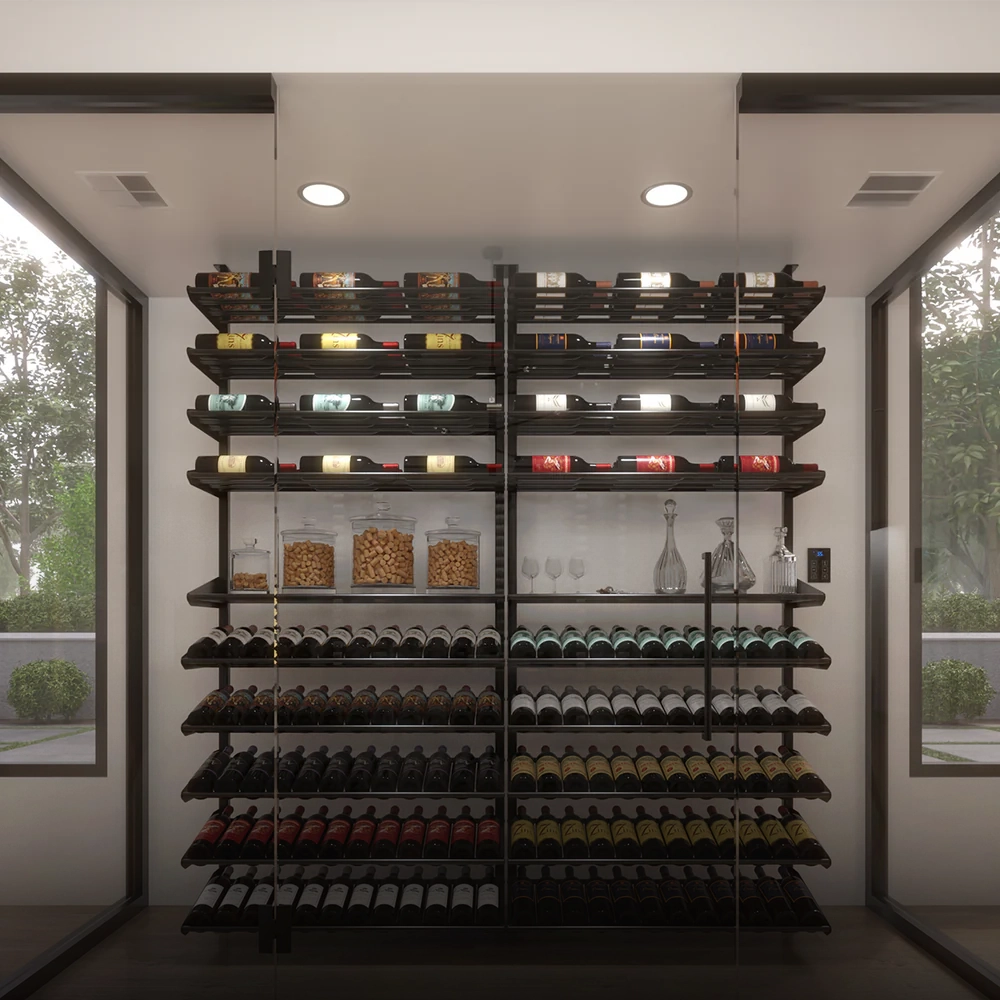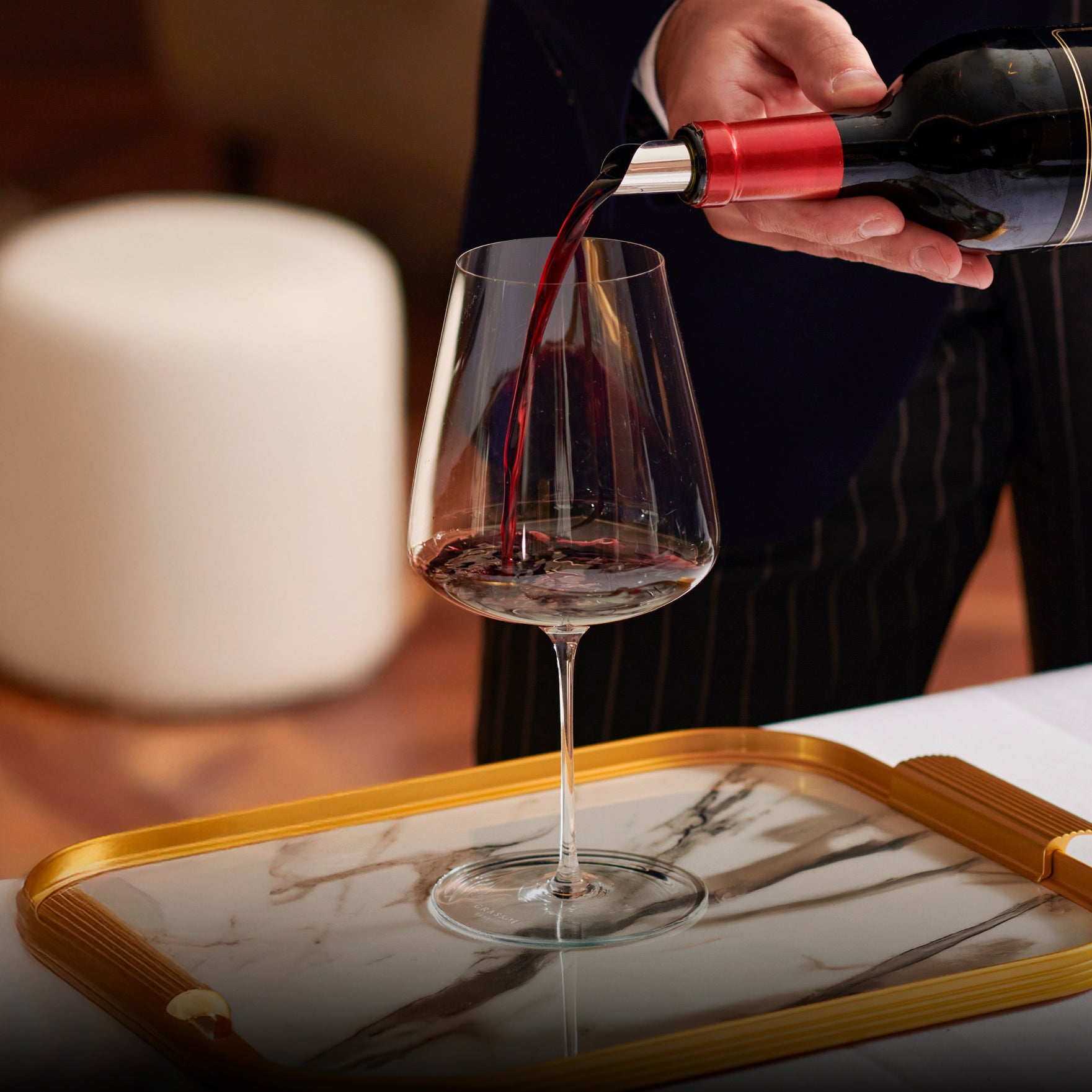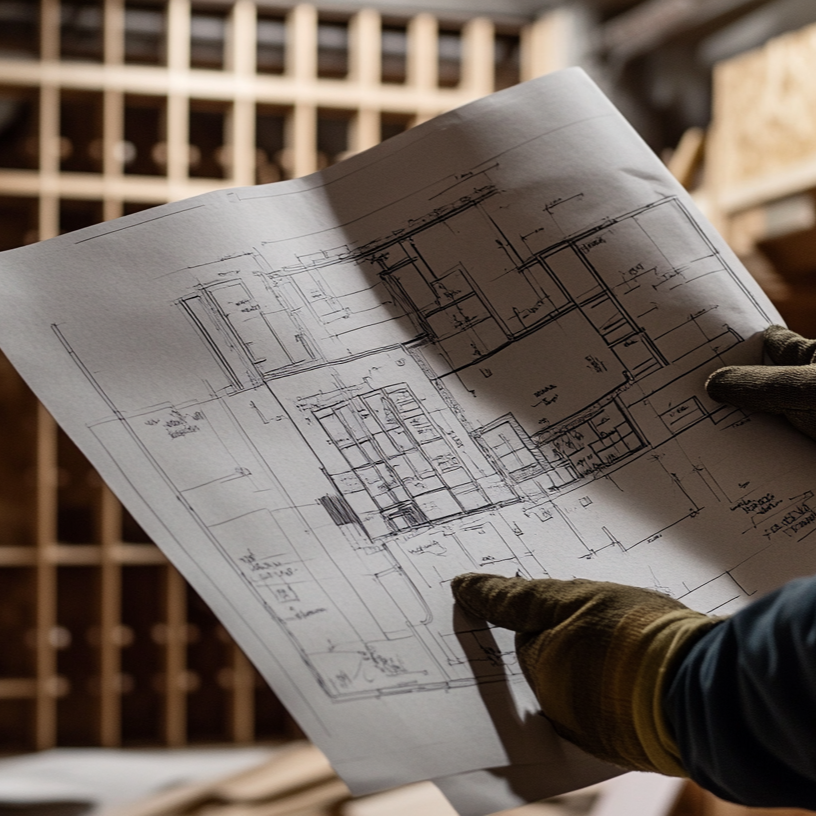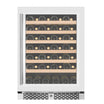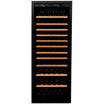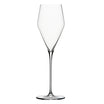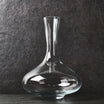Whether you’re a new wine collector, or you’re an experienced connoisseur with a highly developed palate, there are always ways to improve your wine tasting experience.
Do you have your own built-in wine cellar at home, or do you have plans to build your own custom wine cellar? Are you building a diverse collection of premium vintage bottles with the intent of storing them within your wine cellar? Unsure how to create the perfect conditions to properly age your wine?
10 practical tips to better age your wine
Not to worry because you can use this guide to create the perfect environment that will gracefully age your selected vintages. Here are our ten most recommended tips to age your wine, so you can unlock the more subtle and savoury flavours within your curated collections.
Premium wine coolers

Select the proper wine storage temperature
Temperature is one of the most important factors when it comes to aging your wine. The safest wine storage temperatures range from 40° to 65 °F (4° to 18 °C). Determining the optimal temperature within that range depends on a few key factors, namely the wine’s age and the duration of time you intend to store the bottle.
If you’re storing wine for short durations of time, such as one, two, or even five years, a slightly warmer temperature of 60-65 °F (15° to 18 °C) will speed the development of bottle bouquet. On the other hand, if you’re preserving your wine for longer durations spanning ten, twenty, or more years, cooler temperatures are ideal.
The other factor to consider is the type of wine that’s being preserved. White wines are typically consumed sooner than their red wine counterparts. For that reason, you’ll need to set the temperature settings accordingly based on the type of wine preserved within your wine cellar.
As you begin your wine cellar construction, remember to minimize potential airflow leaks or anything that could impact the temperature within the storage space. This will help create the most controlled environment for your prized wine collection.
You can view our selection of wine coolers with built-in adjustable temperature controls for ideas to install into your home wine cellar. You can also read this additional guide on managing temperature, humidity, and vibrations to assist with proper wine cellar storage.
Helpful tips to better wine: humidity
Like temperature, humidity is one of the main environmental factors that influences the wine aging process. Ideally, the humidity level within your wine cellar should be set at 60%, though a range between 50-70% is still sufficient.
Proper humidity levels help preserve the integrity of your wine corks, preventing oxygen from leaking into the bottle. Wine corks are typically made from the bark of cork oak trees. The cork oak (Quercus. suber) is native to the Mediterranean region, where most of the world’s commercial supply of cork is obtained.
After about 10 years in the bottle, the cork is prone to deterioration. Ambient storage temperatures and excess humidity levels directly contribute to cork deterioration, allowing oxygen to leak through the cracks. You don’t want oxygen seeping through your wine corks because this causes oxidation that corrupts the wine into acidic vinegar.
The proper wine storage angle
 Proper storage angles are also helpful tips to better wine. When wine is stored on its side, the cork remains wet, thereby preventing transmission of air through the cork into the bottle.
Proper storage angles are also helpful tips to better wine. When wine is stored on its side, the cork remains wet, thereby preventing transmission of air through the cork into the bottle.
When bottles are stored upright, no moisture reaches the cork, which eventually causes it to dry out. This critical storage mistake is one of the leading causes for oxidation that spoils premium wines.
It’s imperative to acquire quality wine racks that enable bottles to be stored at the optimal angle to enhance the preservation process. You can view our selection of premium wine racks, which include several configurations with side angled bottle holders that also help reduce vibration. You can also read our corresponding guide on how to set the proper wine storage angle for more helpful tips and advice.
Vibration: hidden tips to better wine
For long-term storage, wall anchored wooden racks are the best option for long-term storage. The wood dampens any micro-vibrations, and the anchors mounted to the wall eliminate any sway in the racks.
Woods like redwood, non-aromatic cedar and mahogany are the best recommendations for your racking system. They respond well to cool, moist environments in a wine cellar. Plus, they don’t create any unpleasant odours that impact the wine or the storage space itself.
We recommend considering our superior Premier Cru wooden wine racks for your cellar. These are modular and easy to assemble wine racks that offer the same depth and thickness as more custom designs. They also ensure angle displays are maintained to keep the cork wet and the wine preserved with care.
Lighting and Darkness:
Ultraviolet light can cause the tannins within your wine to oxidize, causing an unpleasant aroma that ruins the wine. One helpful hint to keep in mind: dark-coloured bottles help shield wine from sunlight.
However, ultraviolet light can still penetrate even the darkest coloured glass. Storing wine in dark conditions is essential to keep wine from spoiling. Whenever possible, put your cellar lights on a timer. That way, the timer will automatically turn the lights off if you forget, thereby protecting your wine collection.
Another helpful hint is to use low wattage surface mounted lighting. This will help control the temperature in the room by restricting any impact from the lighting. Avoid any use of pot lights because their lack of insulation is not ideal for wine cellars. Whenever possible, use low wattage, non-heat emitting lights over fluorescent lighting. Finally, keep note that sparkling wines are more sensitive to light. They should be given extra care when placed into storage.
How ventilation impacts fermentation
 Proper ventilation is critical for long-term wine storage. Ventilation creates sufficient airflow, eliminating the risk for odours or mold that can harm wine bottle corks and labels.
Proper ventilation is critical for long-term wine storage. Ventilation creates sufficient airflow, eliminating the risk for odours or mold that can harm wine bottle corks and labels.
Wine cellar units assist with ventilation and airflow throughout your secure wine cellar. Many cellar cooling units are designed to provide optimal filtration and ventilation solutions for cellars of varying sizes. You can view our curated collection of high-quality wine cellar cooling systems for helpful recommendations on how to optimize your wine cellar environment.
Ullage and unfilled air space
Ullage refers to the unfilled air space at the top of a bottle of wine that separates the cork from the wine itself. Less ullage is a sign of a properly stored bottle of wine that will enhance the quality when you crack open the bottle to savour the taste. Too large of a gap suggests a defective cork that could cause the quality of the wine to deteriorate.
In some cases, some ullage naturally occurs when wine is stored over longer periods of time. If you’re unsure, inspect the quality of the cork to determine if too much ullage has occurred that could spoil the wine.
Glass Shape: shapely tips to better wine
Wine glasses that have a deeper bowl and are tapered inward towards the top are best for wine tastings. The tapering has a dual effect:
- It helps contain the aromas that are released by swirling
- It helps prevent wine from swirling out of the glass
Typically, white wines should be served in a tulip shaped glass. Conversely, red wines should be served in a glass that has a more rounded, larger bowl. Sparkling wines should be served in glasses that are tall and thin (like champagne glasses). If you do not have the recommended glass, you can browse our collection of wine glasses that are available for any occasion.
Pouring Method:
 When you’re ready to open a bottle from your collection, pour a small amount into your wine glass. Inspect the cork for dryness or any signs of deterioration to verify the wine has not succumbed to oxidation. If the cork and/or the wine itself has a moldy smell, it suggests the wine has been spoiled. If you don’t sense that distillation, swish and sniff to enjoy your tasting.
When you’re ready to open a bottle from your collection, pour a small amount into your wine glass. Inspect the cork for dryness or any signs of deterioration to verify the wine has not succumbed to oxidation. If the cork and/or the wine itself has a moldy smell, it suggests the wine has been spoiled. If you don’t sense that distillation, swish and sniff to enjoy your tasting.
There is a proper pouring method when sampling your wine. First, set your wine glass on a hard surface. Next, pour the wine directly into the centre of the glass, which helps release subtle aromas. Twist slightly as you turn the bottle upward when you finish pouring to prevent spillage. Fill the glass only a small portion, as this space is necessary for further aeration and swirling.
Decanting wine is also ideal, especially if you’re tasting older reds that contain sediments. Before decanting, let the bottle rest upright to allow any sediment to sink to the bottom. Slowly pour the wine at an angle that prevents any sediment from entering the decanter.
You should also use a filter when pouring. If you don’t have a proper decanter, you can select one from our collection of quality decanters and carafes to assist with your wine tasting events.
Breathe Your Wine:
No, don’t gulp it….let it breathe. The purpose of letting wine breathe or aerate is to allow the surrounding airflow to warm the wine to room temperature. You want to prevent any airflow from corrupting the wine during storage, but you need to let it breathe once you’ve opened the bottle for consumption. The aromas will unlock subtle flavours and textures that improve the taste.
Typically, most wines require only 15–20 minutes to properly breathe. However, young wines with high tannin levels need more time to breathe. As an example, a young Cabernet Sauvignon may require about an hour to soften its flavours. Older wines (8+ years) should be allowed to breathe in a decanter and may require additional time.
Whenever possible, do not let your wine breathe within the bottle. Use a decanter or wine glass to let wine breathe.
BONUS TIP: Storage After Opening
Prolonged exposure to heat and open air causes wine to oxidize and become acidic. Keep opened wine re-corked (or use a wine stopper) in the refrigerator immediately after opening to slow the oxidation process. Re-corked wine should safely last two to three days in the refrigerator.
If storing longer than a few days, use a bottle preservation system! You can view our selection of special wine accessories for more ideas on how to enjoy wine for any and every special occasion.
Your vision, our expertise







